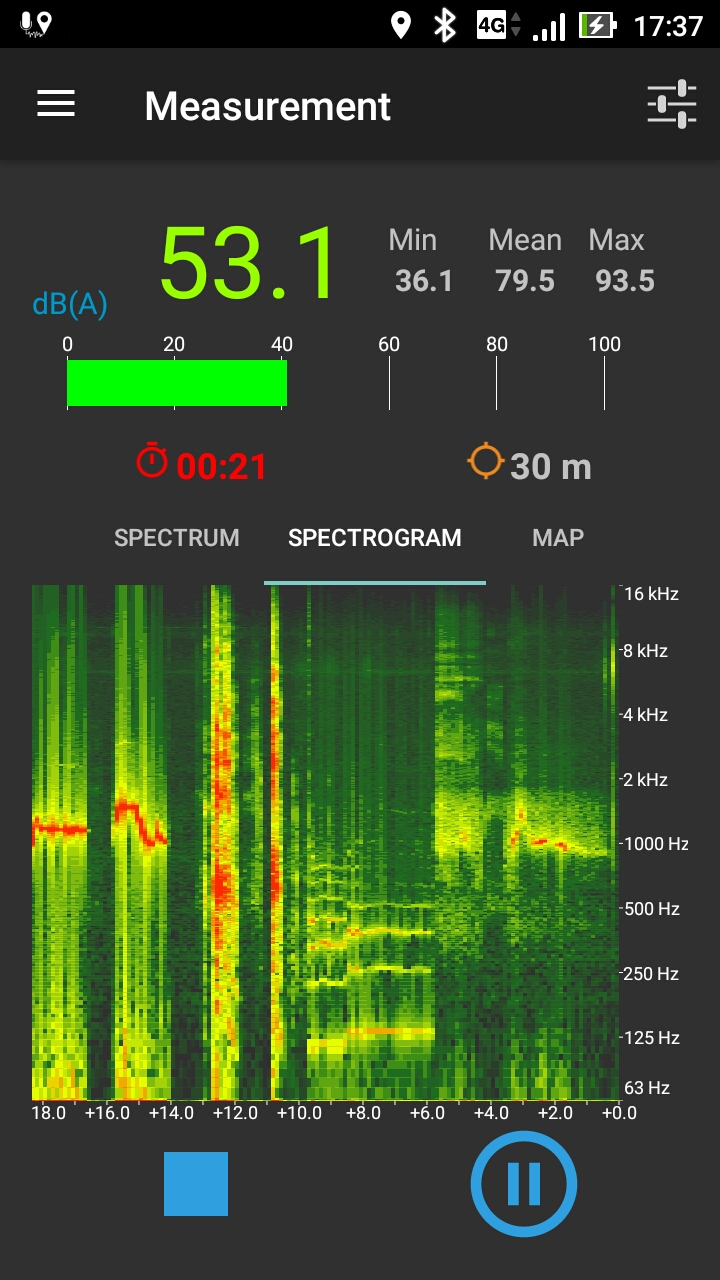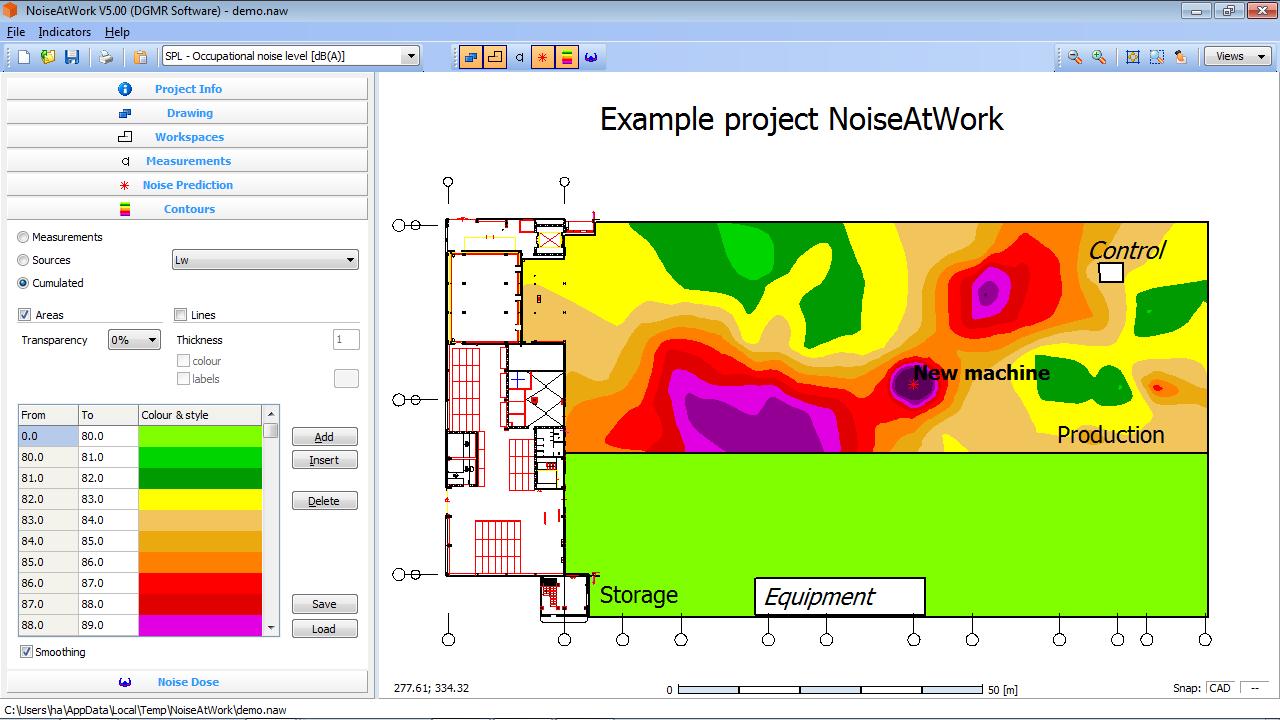
In complex models, applying this recommendation will improve calculation times considerably. ISO17534-3 recommends that lateral paths are limited to vertical edges within the range of the most distant horizontal edge multiplied by 8, with respect to distances from the direct source-to-receiver line. The lateral path method can be configured to only consider "convex" paths that curve in a single direction and do not zig-zag.Ĭonvex path illustration Limit distance (ISO recommendation) Illustration of the inclined source-to-receiver plane Convex path option When enabled, lateral paths around vertical edges are found within a flat plane inclined along the direct source-to-receiver line. It is recommended that you highlight where these simplifications have taken place. For each simplification there will be a degree of error added to the model. The following table of accuracy is taken from ISO9613-2 based on tests without screening or reflections Average height of source and receiverĬomputer modelling requires a simplification of real-world conditions into basic components. It is essential to consider that modelling is only ever an estimate and real-world measurements may differ greatly. Alternatively, the average of varying meteorological conditions over months or years.įor more information about the calculations and their limitations, refer to ISO9613 parts 1 and 2.A moderate ground-based temperature inversion, such as is common on clear, calm nights should not significantly affect accuracy.

Wind speed between approximately 1-5 m/s, measured 3-11 m above the ground.

This is defined as a wind direction within an arc of 90 degrees with the wind blowing from source to receiver.

Below are suitable conditions taken from ISO9613-2. Sound propagation is affected by variations in meteorological conditions. not floating above the ground or with empty sections / perforations. Screens are flat with no significant transmission of sound through or under the screen.The ground is of a continuous type (a single ground factor).Noise sources behave as a point (or line for line sources) and are far-field, where inherent directivity is minimal.


 0 kommentar(er)
0 kommentar(er)
